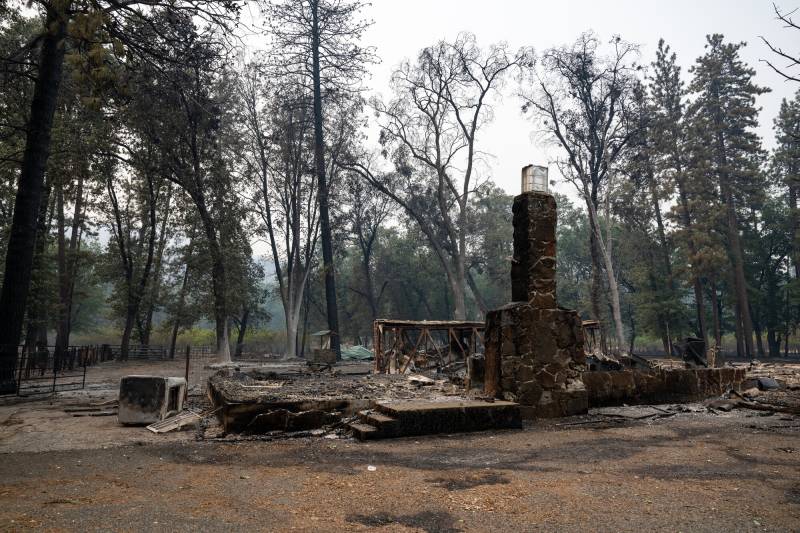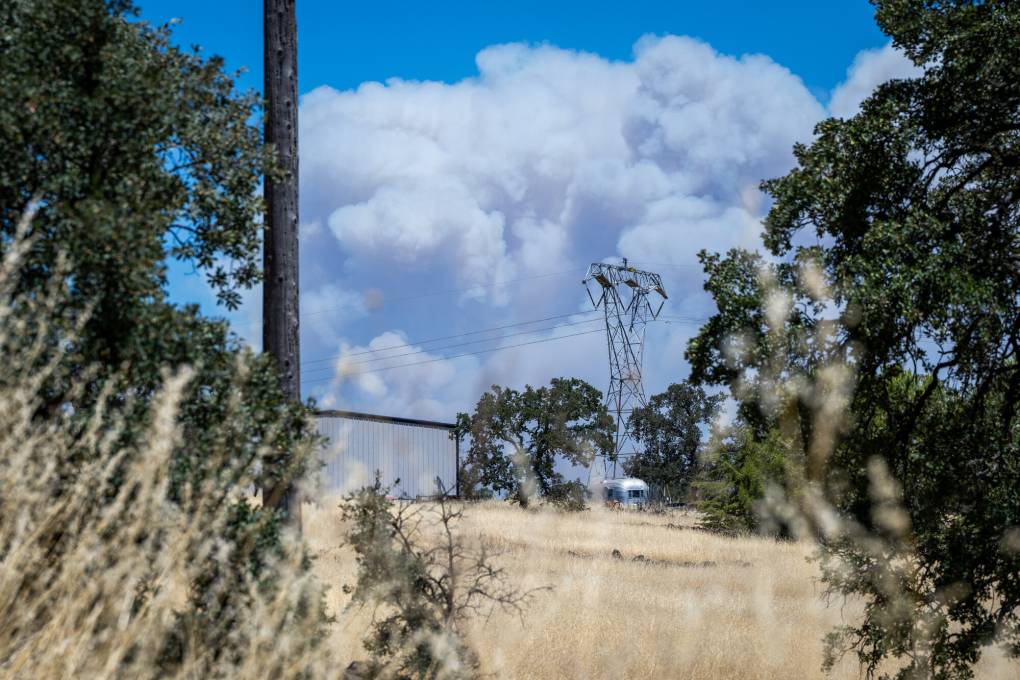More than 6,000 firefighters, including help from Utah and Texas, are battling the fire as crews continue to face difficult conditions.
Firefighting aircraft “cannot always fly in all the time because of the smoke conditions,” Cal Fire Battalion Chief Mark Brunton said. “But where they can, they are flying; they are doing their water-dropping missions as well as retardant missions through a mobile retardant base that is established.”
The massive blaze is now burning in four counties: Tehama, Butte, Shasta and Plumas.
On its northern edge, it is encroaching on Lassen National Forest, where winds are expected to pick up Thursday, potentially stoking the well-established fire activity in the Deer Creek and Mill Creek canyons, according to Cal Fire. Those are two of just three creeks left where the threatened Central Valley spring-run Chinook salmon still spawns in the wild, raising severe concerns from wildlife officials.
There is a chance of thunderstorms on Friday and Saturday, including lightning strikes.
KQED’s Keith Mizuguchi contributed to this report.


